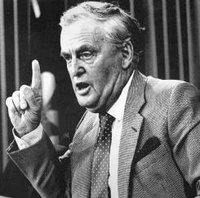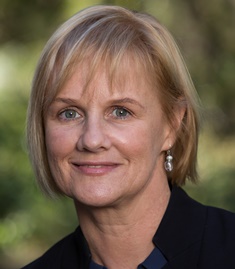Researchers at Griffith University’s Policy Innovation Hub considered more than 2000 submissions to Cabinet in their review of the 1986 Queensland Cabinet Minutes, released today (January 1) by the Queensland State Archives.
Deputy Director of the Policy Innovation Hub, Jennifer Menzies, and Dr Tracey Arklay, Senior Lecturer at the School of Government and International Relations, focused on the effect of governance and policy during the last full year of the Bjelke-Petersen government.
“A reading of the full Cabinet record for 1986 shows a Queensland which was a reluctant moderniser and a Cabinet with a limited number of economic interests and an absence of strategy,” they write in their overview.
- ANALYSIS: The Machinery of Government
Their review steps back into an era when Queensland’s National Party Government was at its most powerful; and into a year where a notable emphasis was placed on the coal and sugar industries. A new focus on investment in the tourism industry also emerged during this time.
Although Australia’s economy was struggling at this time, this economic reality did not seem to be a priority and the researchers noted no strategies considered by Cabinet to address the downturn.
“Queensland was open for business and the passing of enabling legislation to allow these projects to proceed was common.”
In a year when Cabinet met weekly, not stopping even for the election campaign, the Government lacked the administrative capacity to support a heavy workload and ensure considered decision-making.
“Compared to contemporary Cabinet practices, the processes around the 1986 Cabinet deliberations were often chaotic.
“Conflicts of interest were not registered and the Cabinet often considered submissions with which they had a direct conflict, such as the redevelopment of the National Party Headquarters in Spring Hill.”
Jennifer Menzies and Tracey Arklay highlighted the efforts of some ministers to fight against the tide.
“Industry Development Minister Mike Ahern worked hard to bring proposals to Cabinet about broadening Queensland’s economic base through advanced technologies and new industries, but without making much headway.
Project hits crisis point
“Community Services Minister Bob Katter also worked to ensure Indigenous communities got a better deal when transitioning to DOGIT communities and continuously brought forward the need to pay Indigenous workers award rates. Again it was difficult to gain traction with his peers.”
Among the notable projects to feature in the reading of the full Cabinet record was the Sanctuary Cove Resort and moves by Premier Bjelke-Petersen to supply a government loan as the project hit ‘crisis point’.
Moves around the development of a major international resort at Port Douglas were also prominent in Cabinet minutes from 1986.
“The site was still Crown reserve but permission had been given for site works to be undertaken. Because of the complexities of the approvals Cabinet agreed to investigate the creation of enabling legislation to overcome the need to introduce separate pieces of legislation for each new development.”
Halley’s Comet was also due to pass over Brisbane in April 1986, and a committee was formed to look at reducing lighting across Brisbane to enhance the view of the Comet on April 13.
Crucial public institution
Director of Policy Innovation Hub, Professor Anne Tiernan said Griffith researchers worked closely with staff of the Queensland State Archives. “We look forward to continuing and extending our collaboration with the QSA – a crucial public institution. The Cabinet minutes are part of Queensland’s rich, vibrant and often controversial democratic tradition. Generations of Griffith researchers have contributed to our understanding of the economic, social and political context that shaped Cabinet’s deliberations in 1986 and, of course, to the important reforms that flowed from some of its decisions at this time”.
Much of that, of course, will be revealed in the 1987 Cabinet minutes.
- READ MORE: The Machinery of Government



